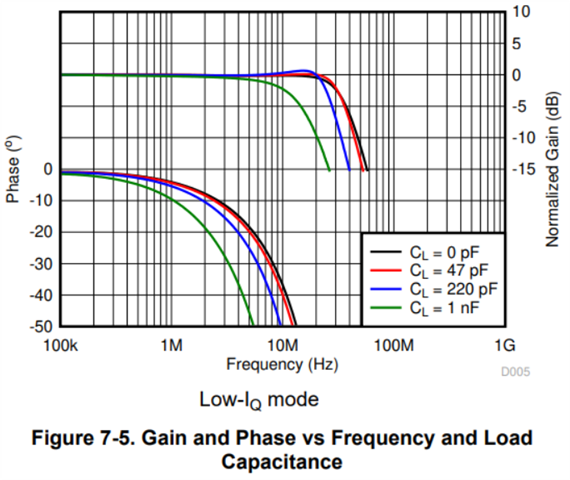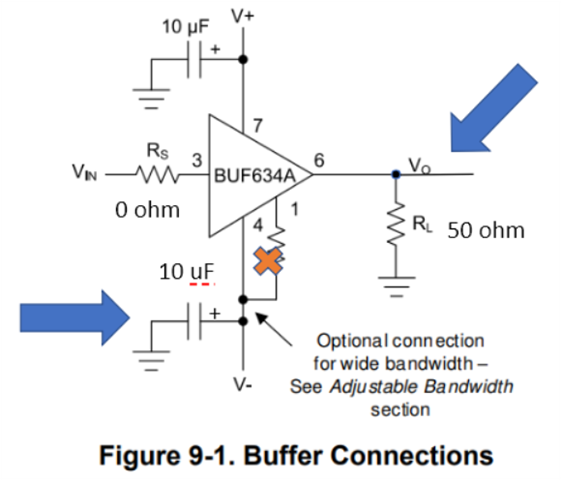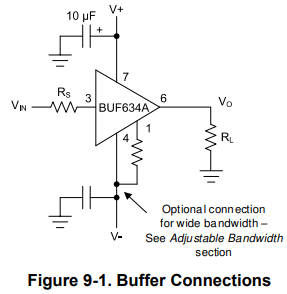Tool/software:
Hi Experts,
We'd like to ask assistance on this looking for dedicated high-current audio buffer; excellent for 50 Ω loads.
We've been looking over the datasheet for BUF634AIDDAR. It seems its bandwidth is 35 – 210 Mhz (which is above the audio frequencies). Also, found to places where the output impedance has been noted to be 5 ohm and 7 ohm. Can this buffer drive a 50 ohm load such as the SIM-43H+?
If not, can you suggest device for this application?
Thank you.
Regards,
Archie A.






